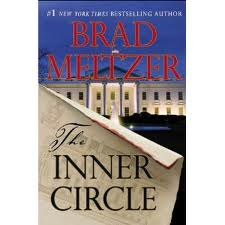 There is no religion without love, and people may talk as much as they like about their religion, but if it does not teach them to be good and kind to man and beast, it is all a sham. – ANNA SEWELL, Black Beauty
There is no religion without love, and people may talk as much as they like about their religion, but if it does not teach them to be good and kind to man and beast, it is all a sham. – ANNA SEWELL, Black Beauty
The Giver of Stars by Jojo Moyes is the embodiment of the above quote. The town of Baileyville, Kentucky is not what Alice Wright expected. Growing up in England, all Alice wanted was to get away from her stifling life and her narrow minded parents. When she met Bennett Van Cleve, a handsome American who promised her a thrilling life away, Alice married him and left. Traveling across the world and eventually ending up in Baileyville, Kentucky, Alice has stars in her eyes about her new life and all the wonderous things she can do.
Baileyville does not live up to her expectations. It quickly becomes claustrophobic as Alice and Bennett are forced to live with Bennett’s overbearing father. Struggling to carve out a life for herself separate than that of her domineering father-in-law and away from the judgmental eyes of the local townsfolk, Alice wants so much more than this life has. When the opportunity to join the team of women delivering books as part of Eleanor Roosevelt’s new traveling library appears, Alice promptly signs up.
Beginning to work with the team, Alice learns more about their daily lives and the motivations for why(and how) each ended up with the horseback librarians. The leader of the local horseback librarians is Margery, a woman who quickly becomes Alice’s friend and, more importantly, her ally. Margery has always lived on the outskirts as a self-sufficient, self-confident, and quick-witted woman who has never asked for a man’s permission to do anything. Margery, Alice, and three other women become known as the Packhorse Librarians of Kentucky and start bringing books, magazines, recipes, and information to families who desperately need them.
The women are clearly the focus in this novel, but the relationships with the men they love quickly show how compassion, loyalty, humanity, and justice are all necessary components to life in Baileyville, but whether or not the townspeople follow them is another story altogether. Although these women are working hard to provide a necessary service to people, the community doesn’t support their efforts entirely. The dangers these women face grow everyday as they travel the mountainside to bring books and materials to people who have never had any. Apparently giving the community access to facts and information is offensive to some and those people will stop at nothing to end the packhorse librarians for good.
This book is also available in the following formats:











